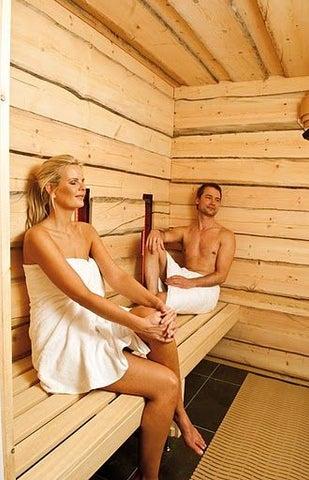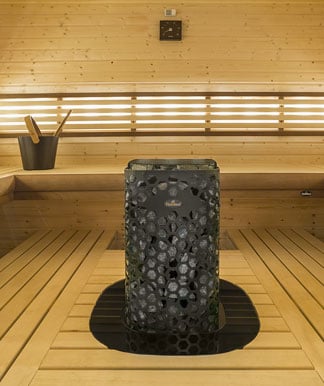Traditional Sauna Can Be Fun For Everyone
Table of ContentsThe Single Strategy To Use For Traditional SaunaSome Known Incorrect Statements About Traditional Sauna Traditional Sauna - QuestionsNot known Details About Traditional Sauna How Traditional Sauna can Save You Time, Stress, and Money.
A lot of the weight shed in a sauna is water loss and is re-gained upon rehydrating. Nevertheless, certainly sauna can be an important part of a healthy and balanced weight management program. To check out the differences between conventional and IR saunas, I will certainly separate these into proven, academic, and produced differences.Hence, the most popular factor in the saunawhich is at the ceiling straight above the sauna heateris normally between 185 and 190 F. Claims that a standard sauna goes beyond 200 F is simply not true and not appropriate for electrical saunas sold in the US. The temperature level for a far-infrared sauna is normally set between 120 and 140 F; nevertheless, unlike the traditional sauna, the objective in and IR room is not to accomplish a heat.
Because of this, the temperature level distinction is virtually pointless, given that profuse sweating results in both sauna kinds, but the technique of warming the body is various. In an IR sauna the bather will certainly feel warm and will certainly sweat profusely, yet at much lower temperatures (Traditional Sauna). Thus, if the goal is to spend longer time periods in the sauna, the IR sauna is an excellent selection
When a conventional sauna has been correctly warmed, the sauna walls are cozy, the air temperature level has attained set temperature and the rocks are very warmed. As an interesting side note, the heated wall surfaces and the rocks are giving off far-infrared heat, incorporated with the heated air, to create an "covering warmth".
Traditional Sauna for Dummies

When the heat is achieved, the aspects cycle on and off to preserve the heat. Many traditional sauna customers appreciate putting water over the rocks to create vapor to increase sauna humidity levels. The benefits of pouring water over the rocks consist of: making the area a lot more comfortable, dampening the nasal flows, and permitting the usage of aromatherapy by mixing essential oils with the water.

When the energy gets in the body, it triggers the body temperature to boost and eventually results in perspiration. In an infrared sauna it is necessary for the emitters/heaters to continue to be on practically continuously. Given that there is no mass of rocks to maintain warmth, the sauna will certainly cool down if the emitters shut down.
As pointed out above, the sauna bather in an infrared space wishes to position himself in front of running emitters to obtain maximum gain from the warmth. The heating time for both rooms can be really different, depending upon exactly how the areas are used. For a standard sauna, a bather ought to permit 30-40 minutes for the area to achieve a preferred temperature and to appropriately pre-heat the rocks.
Get This Report about Traditional Sauna
A well built sauna will typically achieve a temperature level of 150-160 F in regarding 30-40 minutes. For hotter temperatures, the space might need to warmth for a longer period.

Traditional saunas often tend to be larger (thus use even more electricity) than infrared saunas, although traditional saunas are absolutely offered in one and two person dimensions. For a two-person typical sauna, 5x6 or 5x7 size is most popular. The top bench can easily seat two or three people and is additionally long enough to rest throughout the sauna session.
The Basic Principles Of Traditional Sauna
The average cost per kWH of electrical power in the united state is around $0.11, so a 4.5 kW heating system will cost approximately $.50 to compete one hour, if the heater runs continually for one hour. Normally a sauna heating system will certainly run for 75% of the initial hour and 50% of succeeding hours on since the elements cycle once the set temperature is achieved.

There is a seldom talked about difference in the social experience in between the 2 spaces. While our culture has lost a few of the social benefit of the typical sauna experience, it can be very socially fulfilling (Traditional Sauna). From household time in the sauna, to heart-felt conversations with better halves, to sauna partiesthe typical sauna experience can result in intimate socializing
6 Simple Techniques For Traditional Sauna
A lot of higher end infrared spaces include tinted light treatment, noise systems and full-glass fronts.